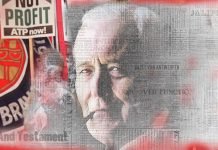Warm Christmas Wishes
As the glow of Christmas lights chases away the winter darkness, we at Labour Heartlands want to extend heartfelt greetings to all our wonderful readers. Your loyal support throughout the year has kept our site going strong, enabling us to provide ad-free content. We are sincerely grateful.
In this festive season, we hope you enjoy quality time with loved ones, comfort foods, and a respite from the grind of daily life. Even as the world sometimes seems full of gloom, let us not lose sight of the spirit of Christmas -believer or not – family, generosity, hope reborn, and at this time we remember those less fortunate than ourselves who we should provide and care for all year round.
Here is a little entertaining reading on Christmas and how we got this festive season…
The Ancient Roots of Modern Christmas

The beloved traditions of Christmas we enjoy today emerge from a rich tapestry of multicultural history, woven together over centuries. While the holiday is now indelibly tied to Christianity, many of its most familiar customs actually originate from pagan winter solstice rituals and Norse mythology.
Early European pagans marked the winter solstice as a time to celebrate light and rebirth. During the year’s longest, darkest nights, communities would gather to rejoice that the worst of winter was behind them. They looked forward to longer days and the return of sunlight.
The Vikings and other Germanic peoples had a solstice celebration called Yule. During this midwinter festival, people would feast and make sacrifices to the gods in appreciation of the turning season.
When Christianity spread into Northern Europe, some pagan solstice traditions got absorbed into Christmas celebrations. Evergreens, candles, feasting – these ancient practices took on new meaning as symbols of life and hope.
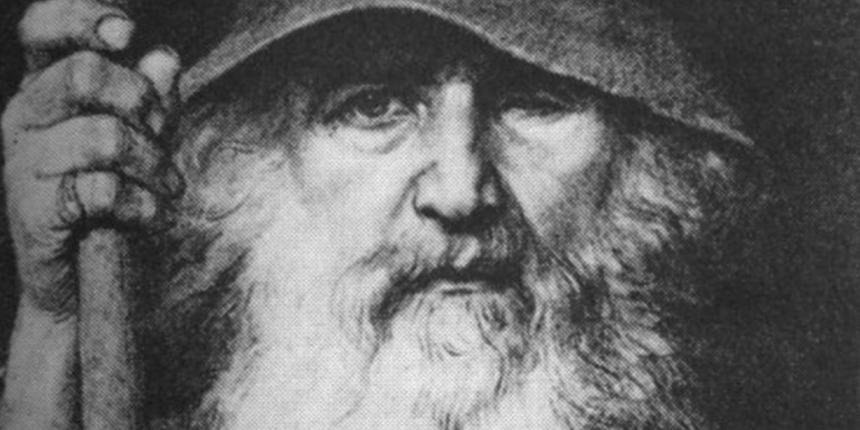
Father Christmas emerged from figureheads like Odin, the bearded Norse god who rode an eight-legged horse and brought gifts during Yule. His image blended with legends of St. Nicholas, an early Christian bishop known for generosity.
By the Victorian era, Christmas became a family-centred domestic holiday. Writers like Washington Irving and Clement Moore crafted works that shaped the modern American Santa Claus – the jolly old elf in his signature red suit trimmed with white fur.
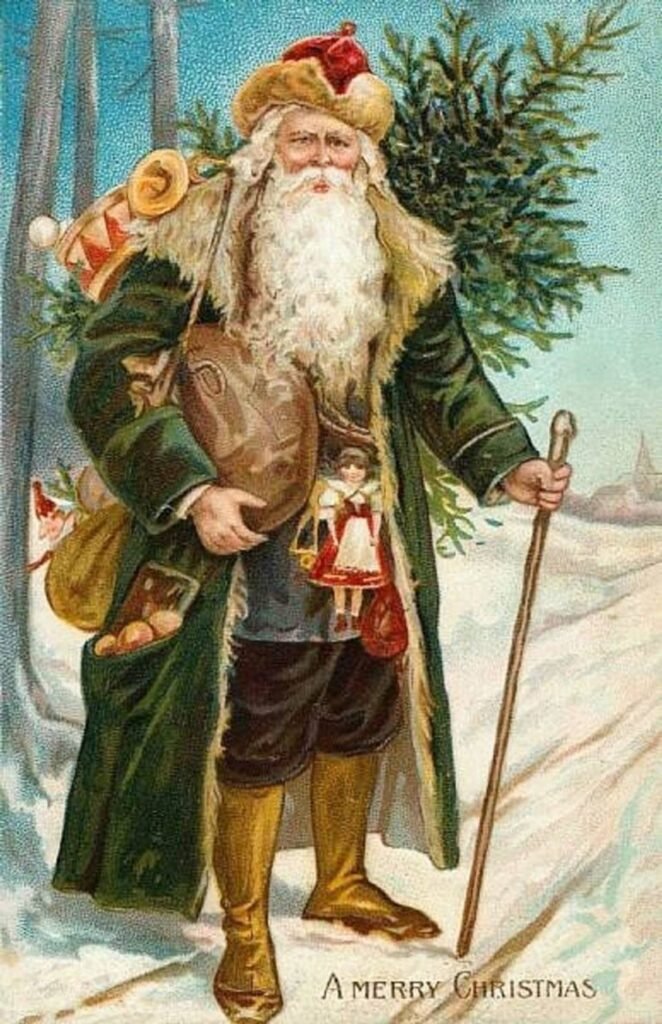
Today, Santa embodies capitalism and commercialism more than anything else, as marketers promote endless consumption. But underneath lies a diverse blend of solstice festivities and mythic gift-bringers, all celebrating light piercing the winter gloom.
From Christianity to pagan winter solstice rituals of merriment and feasting. People of all faiths and cultures have long seized upon this darkest time of year to kindle lights, lift spirits, and spread goodwill.
Father Christmas emerges from the mists of legend, his red suit blending ancient Yuletide imagery with modern commercialism. Yet behind the branding lies a more primal symbol – of the old year ceding to the new, of darkness giving way to the coming light.
The history of Santa’s attire reveals an interesting journey. In the 1880s, Santa was portrayed in a green or tan suit.
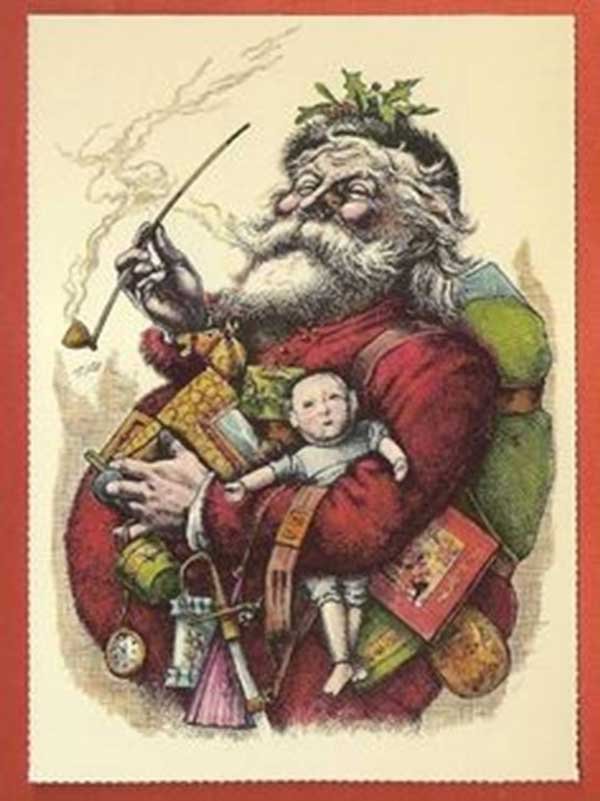
Thomas Nast, a German-born American caricaturist, is often credited with shaping the modern American version of Santa’s suit. His cartoon in Harper’s Weekly on December 25, 1866, depicted Santa in a red suit with fur lining, a nightcap, and a black belt with a large buckle. Despite also illustrating the legendary figure in a green suit, the red attire gained popularity.
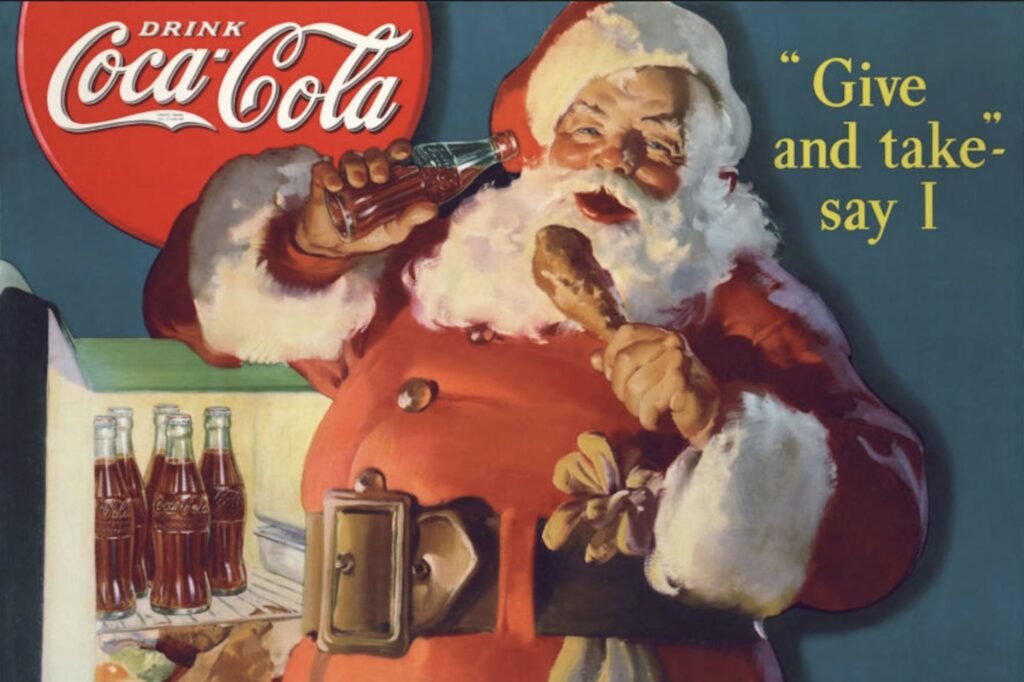
Contrary to popular belief, the transition from green to red is not solely attributed to Haddon Sundblom, who illustrated Santa for Coca-Cola’s advertisements since 1931. In Britain, Santa Claus is traditionally known as Father Christmas, depicted in a green suit—a blend of paganism, Christianity, and echoes of the old gods. As we celebrate this season, let’s cherish the rich tapestry of traditions that weave together history, culture, and the enduring spirit of Christmas.
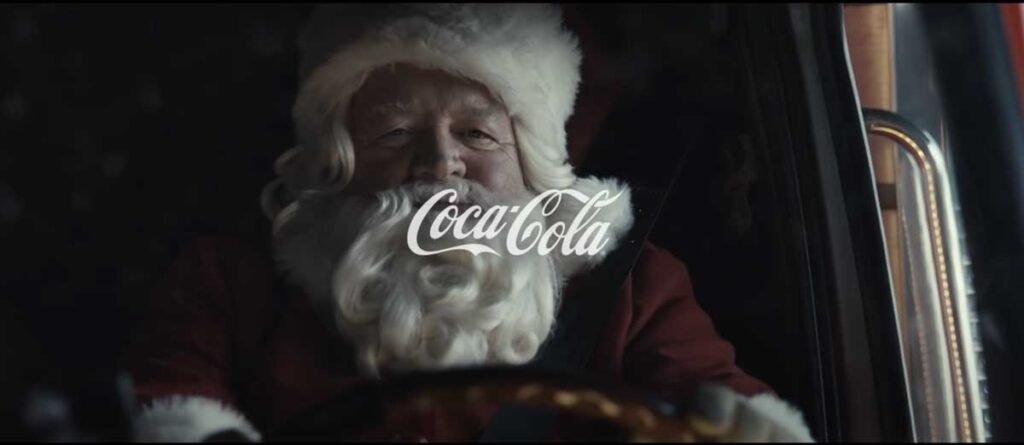

The Yule Log

Early Europeans celebrated light and birth in the darkest days of winter. Many people rejoiced during the winter solstice, when the worst of the winter was behind them and they could look forward to longer days and extended hours of sunlight.
Many of our traditions come from the Nordic regions, the pagan Vikings and other ancient Germanic peoples who would celebrate the winter solstice each December, the time of year when the days were the shortest and the nights the longest. Friends and relatives would get together and enjoy food and drink in a festival known as Yule.
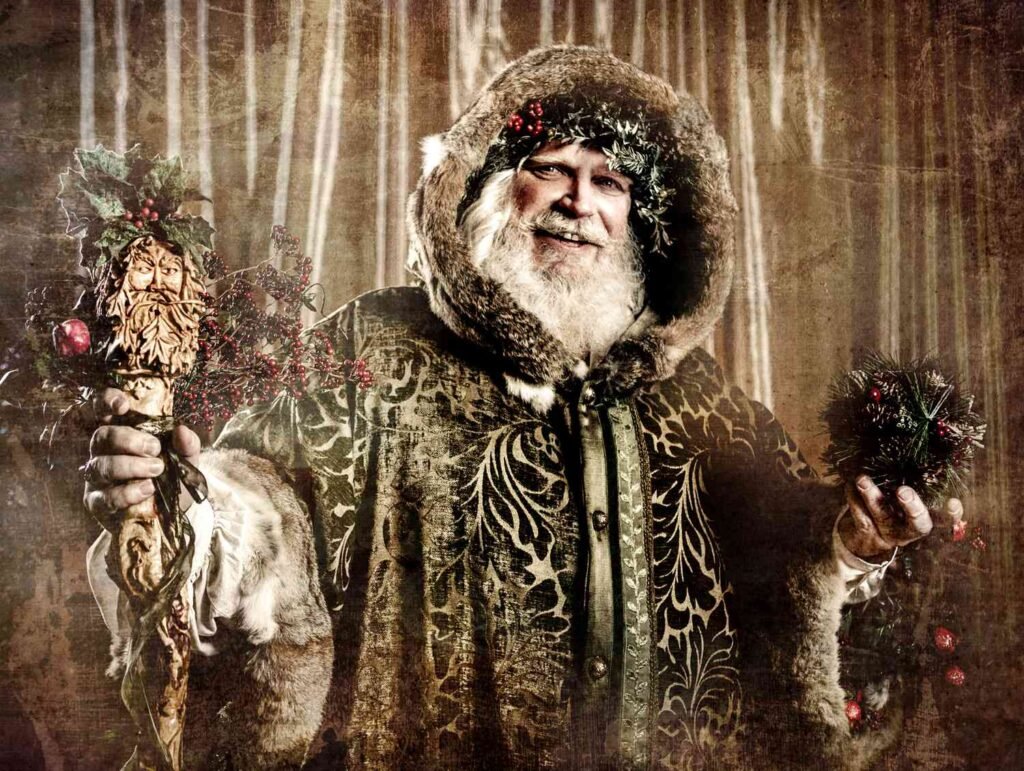
In Nordic tradition, the Yule log was a carefully selected log that was ceremonially brought into the house and burnt on a hearth (brick or stone-lined fireplace) during the time of Yule. Part of it would be saved and kept until the following year to not only protect the home but also act as kindling for next year’s Yule log.
Whilst the tradition continues to this day across the world, it has also transformed into a culinary one with many people choosing to furnish their Christmas tables with a chocolate Yule log.
Although it can be argued that our modern Father Christmas is a fusion of ancient myths, legends and folklore, the resemblance and connection to the Norse god Odin has many historians believing he was the original Santa.
The Norse god Odin was said to be ‘the father of all gods’. Described as a bearded old man wearing a hat and a cloak, Odin would often ride his eight-legged horse Sleipnir across the midwinter night sky, delivering gifts to those down below. Sound familiar?
As Christianity swept across Germanic Europe centuries ago, many Yuletide traditions were adopted and absorbed into the Christian faith, mixing together to create the modern Christmas we celebrate today. However this year we look back on the darker days in the hope of new light coming.
THE 12 DAYS OF CHRISTMAS
Before we were all singing about turtle doves and a partridge in a pear tree, the ancient Norse were enjoying their midwinter festival of Yule for exactly twelve days. Beginning on the day of the winter solstice (the longest day and night), the feasting festivities would carry on for 12 days, creating the origins of the 12 days of Christmas we celebrate today.
CHRISTMAS HAM
It’s a dish that’s featured on most Christmas tables at some point during the festive season and once again, we have the Norse to thank for our Christmas ham.
Feasting played a central role in the way the Vikings and other ancient Germanic people honoured the gods. One such ritual saw the sacrificing of a Wild Boar to the Norse god Freyr in the hope of a fruitful harvest during the next season.
The boar would be the centrepiece of the feasting, very much like the Christmas ham that adorns our modern-day tables.
FESTIVE WREATH
Whilst the Romans originally created wreaths to be displayed as a symbol of victory, they became connected to our festive celebrations by way of Yule. Like the evergreen trees, wreaths created using an evergreen plant such as Holly, would be brought into people’s dwellings during Yuletide to remind them of the warmer days to come, a reassuring symbol during the long cold winters of the Scandinavian north.
The Vikings themselves would set alight to a ‘sunwheel’, which strongly resembles our modern wreaths. The burning wheel was then rolled down a hill in the hope of enticing the sun to return.
YULE LOG
In Nordic tradition, the Yule log was a carefully selected log that was ceremonially brought into the house and burnt on a hearth (brick or stone-lined fireplace) during the time of Yule. Part of it would be saved and kept until the following year to not only protect the home but also act as kindling for next year’s Yule log.
Whilst the tradition continues to this day across the world, it has also transformed into a culinary one with many people choosing to furnish their Christmas tables with a chocolate Yule log.
A Traditional Father Christmas.
The Green Father Christmas encapsulates all that is good about the natural world and how its well-being is essential for our own survival.
So this holiday season, as you gather with loved ones, light candles, and give gifts, remember you are taking part in rituals far more ancient than you may realize. Our shared Christmas customs connect us not only to the nativity story, but to pagan observers who once guided their communities through the darkest days.
Here’s hoping we have put those darkest days behind us and we can all look forward to a new year.
Please stay safe, be kind, be good and enjoy. Peace and Goodwill to all.
Support Independent Journalism Today
Our unwavering dedication is to provide you with unbiased news, diverse perspectives, and insightful opinions. We're on a mission to ensure that those in positions of power are held accountable for their actions, but we can't do it alone. Labour Heartlands is primarily funded by me, Paul Knaggs, and by the generous contributions of readers like you. Your donations keep us going and help us uphold the principles of independent journalism. Join us in our quest for truth, transparency, and accountability – donate today and be a part of our mission!
Like everyone else, we're facing challenges, and we need your help to stay online and continue providing crucial journalism. Every contribution, no matter how small, goes a long way in helping us thrive. By becoming one of our donors, you become a vital part of our mission to uncover the truth and uphold the values of democracy.
While we maintain our independence from political affiliations, we stand united against corruption, injustice, and the erosion of free speech, truth, and democracy. We believe in the power of accurate information in a democracy, and we consider facts non-negotiable.
Your support, no matter the amount, can make a significant impact. Together, we can make a difference and continue our journey toward a more informed and just society.
Thank you for supporting Labour Heartlands


